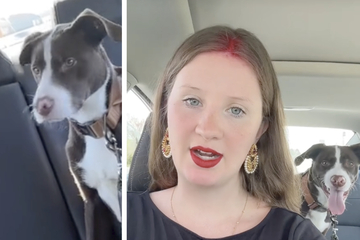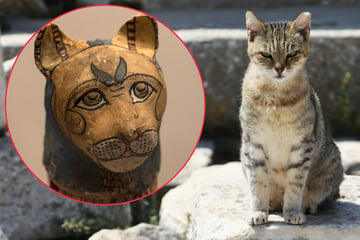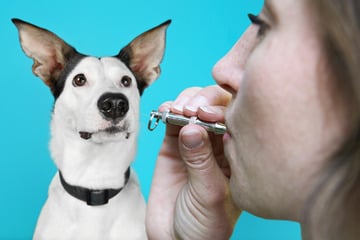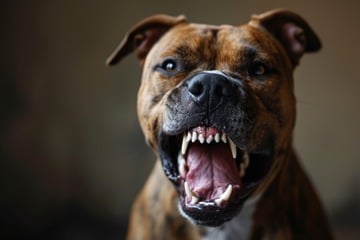History of dogs: A wolves to domestic pets
Few things are more fascinating and complicated to dissect than the history of dogs, from the wolf to the samoyed. Yet, we're going to take a stab at it. This is the history of dogs.
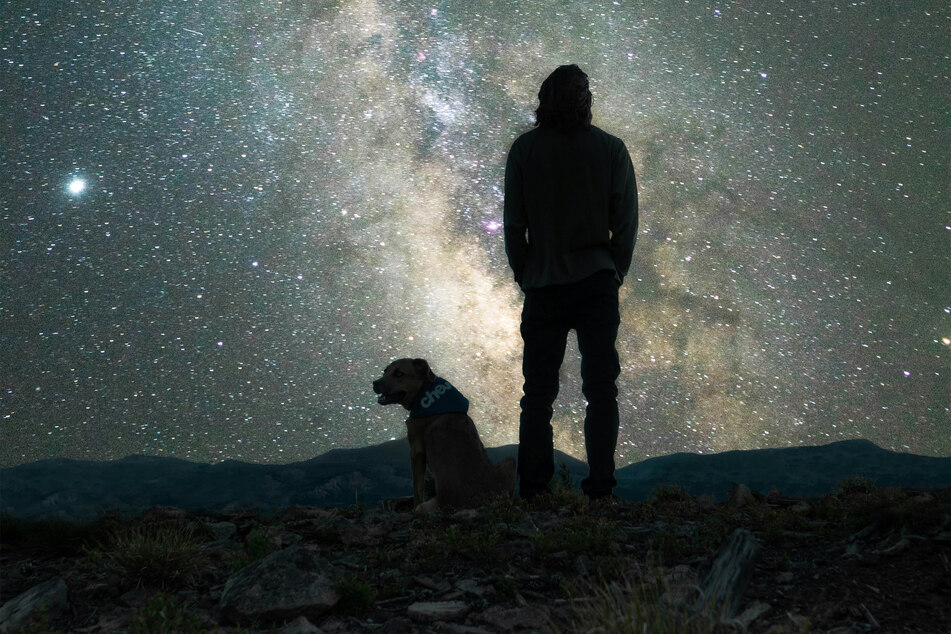
From the ancient wolves that dwelled in the mountains, to the fluffy little balls that inhabit our houses today, dogs have been an incredibly important part of human and animal history.
What is that history, though, and what should you know about your darling doggo's origins and ancestors?
Here is a bit about the history of dogs, from ancient wolves to modern pets. How were dogs domesticated, and when did new dog breeds start emerging throughout history?
They are man's best friend, but that wasn't always the case.
The history of the domestication of dogs
Many historians and archeologists believe dogs to be the first animals ever domesticated, before even horses or cattle appeared on the scene. If this is true, dogs would have entered human life more than 30,000 years ago. The first dogs to have any form of serious long-term relationships with humans were, unsurprisingly, wolves.
Our long and complex relationship with dogs began when wolves started realizing that we could provide them with shelter and food. Humans and dogs quickly began to coexist, each species supporting the other in providing protection, food (the dogs helped us hunt), and a relatively settled life.
Of course, over the many long years that followed the relationship that was forged those many years ago, dogs and humans have continued to have a close bond. Similarly to how cat history developed through the interconnectedness of our needs, as wolves settled more into life with the humans, they rapidly started to change.
We can see these developments through the discovery of dog burial sites across the globe. The oldest, found in the Czech Republic and dating back 32,000 years, saw the mouth of a mammoth placed in a dog's mouth upon being entombed. Another, about 12,500 years old, is a mummified black dog from Russia, displaying significantly different characteristics from the first.
As dogs worked their way across the world, through the history of humanity as our eternal guides and companions, they slowly started to change. Different dogs which were used for different purposes started to develop different characteristics and, eventually, we humans discovered how to shape their identities to our needs and desires.
Nowadays, dogs have evolved from the wild creatures we made friends with all those years ago, to endlessly-loving fetchers like golden retrievers, and tiny little chihuahuas that many people stuff into their handbags. Meanwhile, in many areas of the world, wolves still roam free, reminding us of the good ol' days.
The dog of today is as different from the dog of 32,000 years ago, as a ragdoll is from a lion. In many ways they are unnatural creatures, shaped by human interaction, but our relationship was born from coexistence in nature - and that's far from unnatural.
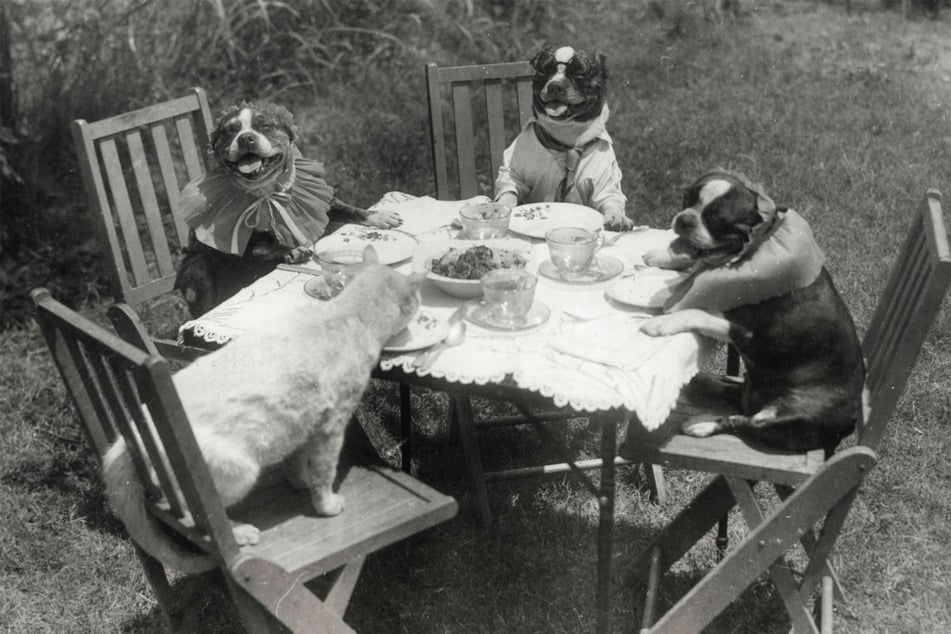
Dog history through a spiritual lens
Cats were also not the only animals to be given spiritual significance in human history, as dogs played a major role in religion and culture as well. Seeing as dogs have played a protective and service role for humanity over tens of thousands of years, it's only natural that they have worked their way into our collective and historical folklore.
Here are the most significant characters in spiritual dog history
Anubis in Egypt: In Ancient Egypt, Anubis was the god of funerary rites, the protector of graves, and the one to guide souls into the afterlife. Often represented and depicted as a man with a canine head, this Egyptian deity served various roles in mythology over the course of the Empire. In the First Dynasty, Anubis was an embalmer, but by the time that the Middle Kingdom came around, Osiris replaced Anubis as the lord of the underworld.
Cerberus in Greece: Often known as the hound of Hades, Cerberus was also a dog of the underworld. Similar to Sharvara and Shyama in Hinduism, Cerberus guarded the gates of the underworld, to stop the dead from leaving. A dog with many heads, a serpent's tail, and snakes coming from his body, he was the offspring of Echidna and Typhon. He is most well known for his capture as the last of Heracles' twelve labors.
Panhu in China: More of a folk story or myth than a religious character, Panhu was a dragon-dog who transformed into a man. After many hardships, he managed to impress the king and win the princess' hand in marriage. In some versions of the story, Panhu is depicted as a man with the head of a dog.
Saint Dominic and his dog: The patrol saint of astronomers, St. Dominic founded the Dominican Order, and is often depicted with a dog standing beside him. Some Catholics believe that he imitates Christ, and is "a hound nipping at your heels to bring you to God." Others believe that it has to do with the tale of St. Dominic's mother, the Blessed Juana of Aza, who dreamt of a dog that leapt from her womb while she was pregnant.
Yama in Hinduism: The god of death Yama owns two watchdogs, Sharvara and Shyama, who are said to watch over the gates of Naraka (the underworld). Each of them have four eyes. Those who die need to get past both of them if they wish to be judged and enter the afterlife.
Something to ponder on: Throughout history, dogs have served the role of our protectors and guides. You will have noticed that this is their role in many religions, serving as a way to guide people into the afterlife. In much the same way, they are often associated with death and funerals.

Dogs will forever be man's best friend
One thing that history makes plain and clear is that dogs have not always been man's best friend. Nor will some of them ever become man's best friend either - many concerned about wolves returning to Colorado, for example, are worried that they'll pose a danger. What can be said, though, is that domesticated dog breeds will likely always be with us, and always be our friends.
These fluffy four-pawed fellows may come in many different shapes and sizes but, apart from perhaps the exceptions that are XL bullies, will generally be safe members of our households and the loves of our lives. Dogs will, indeed, be man's eternal best friend.
Cover photo: unsplash/Chewy
